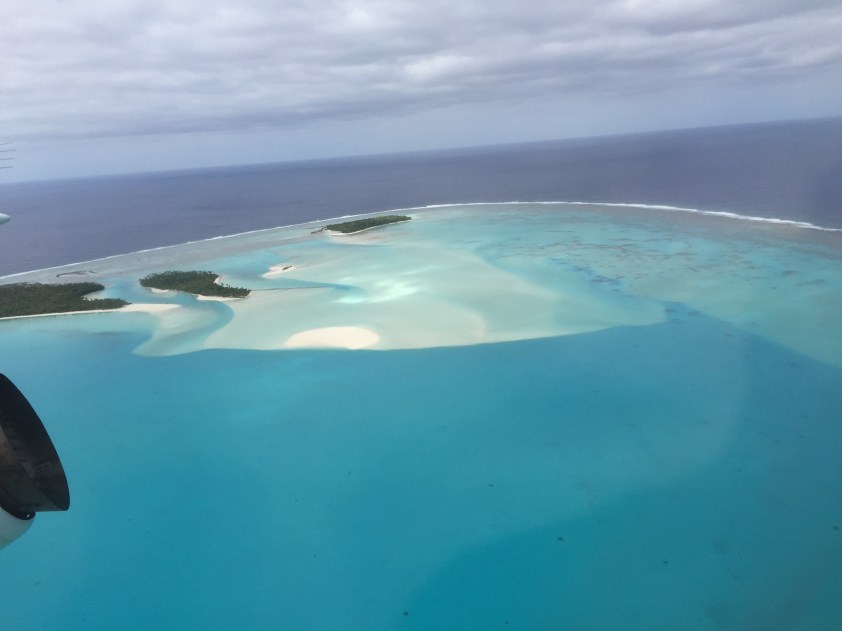The Cook Islands definitely delivered when it came to giving us ample research opportunities. In particular, the Reef Team was able to travel all over the lagoon in Aitutaki studying and surveying reefs. From less than a meter to over 6 meters deep, the reefs provided us with a multitude of species to learn and study, including corals, invertebrates, and fishes. With our ability to see and learn from these amazing ecosystems, we now have the knowledge to delineate a healthy reef compared to an unhealthy one. We can use this baseline information in our future studies, whether it be in marine or terrestrial ecosystems, as we can determine indicator species and the abundance of algae within the habitat. Overall, I could not have imagined a more amazing place to study such important ecosystems. Healthy coral reefs are a major indicator of a healthy ocean (or lagoon, in this case). The amount of knowledge that I gained during my time in my wetsuit surveying is unbelievable, and I cannot wait to get back in the water and study more.
After two weeks on an island, one can get quite tired. Of course, leaving such a magnificent area was difficult. However, I was beyond excited to get home and start our data analysis for all of the data that we collected (I was dreaming of data analysis in this picture).

I could not have imagined having a better group of students to learn with and professors to teach us. We all come from various backgrounds and have different perspectives on life, but we all share a common admiration for the world around us. I cannot put into words the amount of respect and compassion I have for these people. Studying with them on a remote island was a breeze and I am so excited for future research opportunities we may have together.










